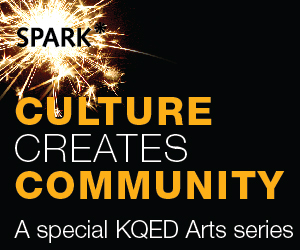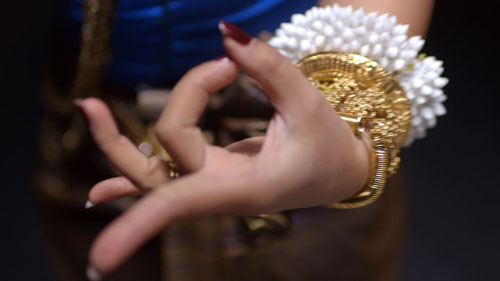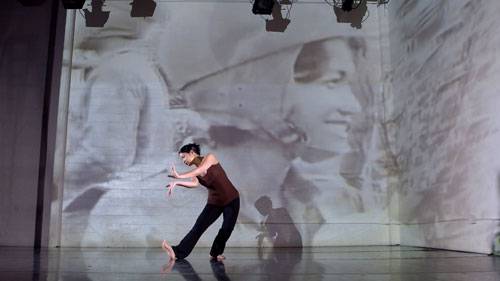When I asked Cambodian dancer Charya Burt to bring two classical outfits to our video shoot at the studio last month, I was baffled when she hesitated. My first hint that I had not only been naive but culturally insensitive was the sight of Burt and her sister walking towards the studio, laboring under the weight of numerous stuffed satchels and rolling a suitcase. When the bags were opened, they overflowed with embroidered silk, massive gold jewelry and a couple of five-pound headdresses.
There were sewing materials too. For repairs, I thought, until Burt’s sister, Sotheary Au, took up needle and thread and began sewing the dancer into her costume.
Burt’s sister worked as a dresser for Khmer Arts Ensemble in Takhmao, on the outskirts of Phnom Penh, and she has continued in the profession since relocating to the U.S. ten years ago. Classical Cambodian dancers are sewn into their costumes for each performance. The process can take two to three hours to complete, depending on how many dancers will be dressed at a time. Most of the costume pieces are made by hand. When I joked that zippers and Velcro might do the trick, Burt gently insisted that such modern conveniences couldn’t possibly provide a tight enough fit for classical Cambodian costuming.
Classical Cambodian dance dramas are often based on mythology, Burt says, and talk about gods and goddesses and human themes like good and evil. One can trace Cambodian dance back 1,000 years to the courts of the Khmer empire, she says, where the art form served as a bridge between the king and his gods.





